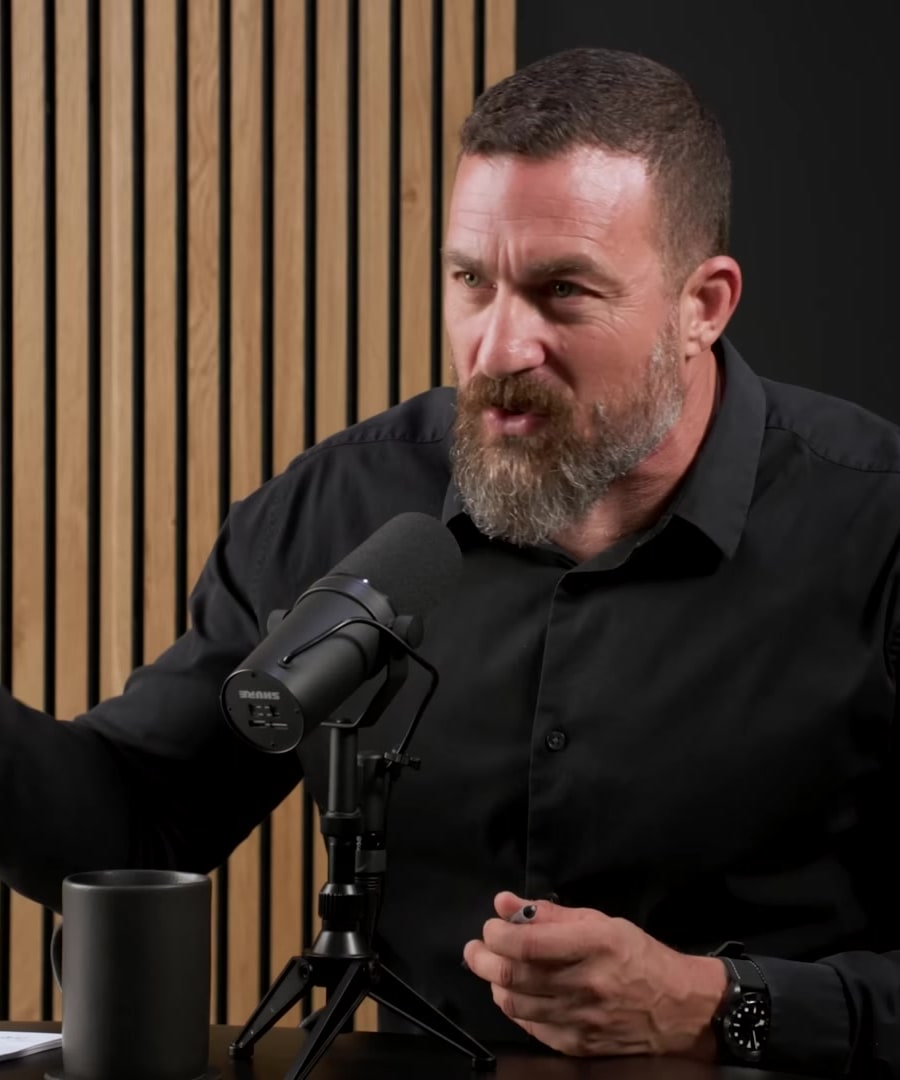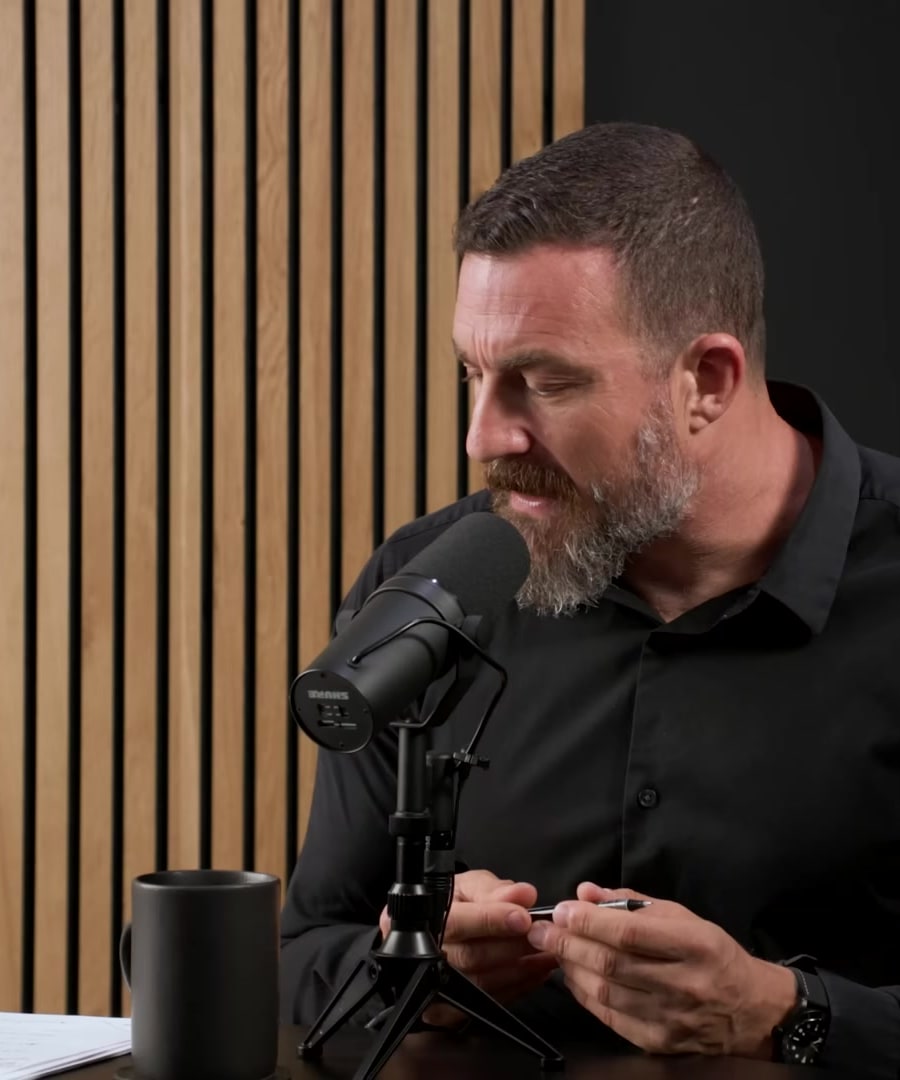how do you build intrinsic motivation for kids?
Sources:
Building intrinsic motivation in children involves several strategies that foster their internal desire to learn and engage without relying on external rewards. Here are some methods discussed by experts on the Huberman Lab:
-
Finding Curiosity Gaps: Encourage children to identify mysteries or puzzles within subjects they find challenging. For example, asking curious questions like "What really happened to King Tut?" can ignite interest and motivate them to explore topics further 1.
-
Connecting Tasks to Purpose: When tasks feel tedious, link them to meaningful outcomes. For instance, discussing how cleaning the yard could lead to a pleasing surprise for parents can enhance motivation by giving the task significance 2.
-
Autonomy and Choice: Allowing children to make choices about how they approach tasks fosters a sense of ownership and agency, which can enhance their intrinsic motivation to complete the tasks 3.
-
Encouraging Self-Reflection: Prompt children to reflect on what they find engaging or enjoyable about a task. This self-persuasion can help them uncover personal interests and motivations 4.
-
Minimizing Extrinsic Rewards: Use external rewards cautiously. Studies show that introducing extrinsic rewards can undermine intrinsic motivation, particularly if children start doing tasks solely for the reward rather than their inherent interest 5.
-
Emphasizing Process Over Outcome: Focus on the enjoyment of the process of learning rather than just the results. Activities that can be intrinsically rewarding, like playing music or solving puzzles, should be presented as valuable for their own sake rather than for grades or prizes 4.
By creating environments where curiosity, purpose, and autonomy thrive, adults can effectively nurture intrinsic motivation in children, leading to a more engaged and fulfilling learning experience.
RELATED QUESTIONS-
how do you build intrinsic motivation for kids?
- RELATED QUESTIONS




